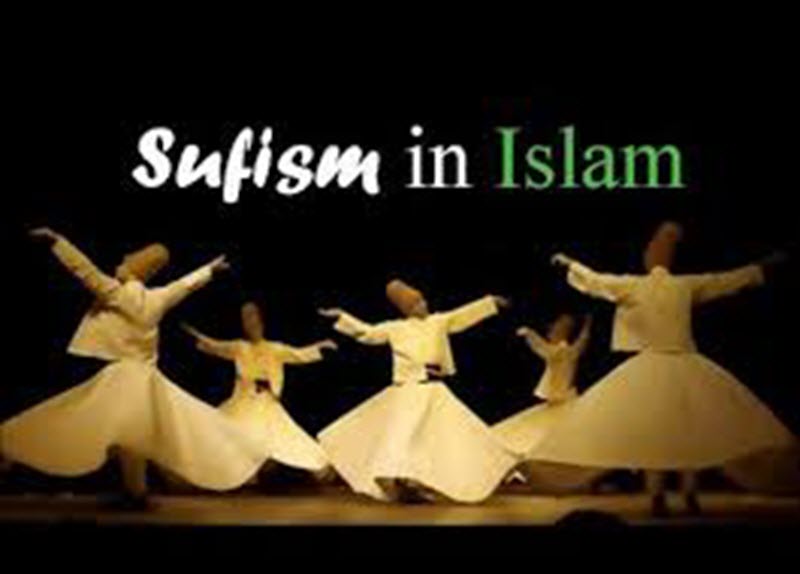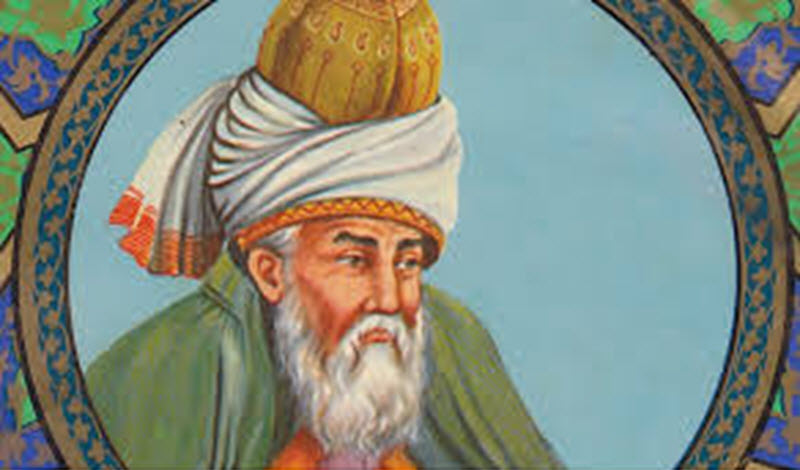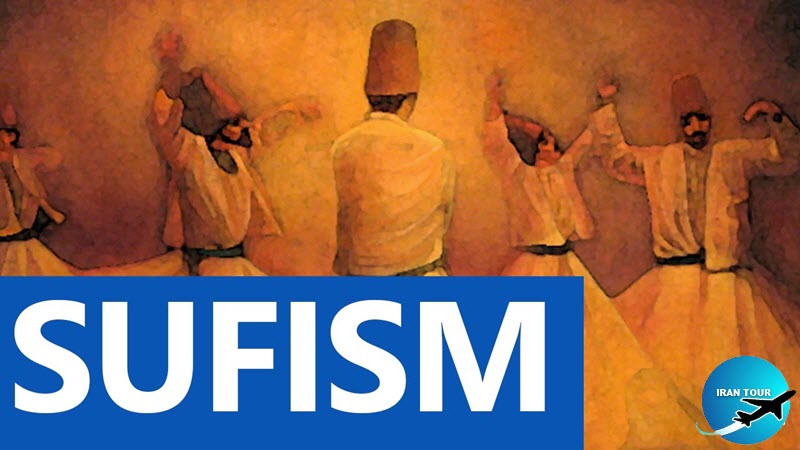Copyright 2020 - 2021 irantour.tours all right reserved
Designed by Behsazanhost
Sufism
Sufism
Islamic mysticism, also known as Sufism, is a complex of beliefs and practices which aims to find divine knowledge through the direct personal experience of God. The term Sufi may have derived from
 |
The first Sufis emphasized the fear and awe of God, as well as ascetic self-denial. However, by the end of the 8th century, the Sufi-woman Rabiah of Basra had already changed Sufi asceticism into mysticism, which became centered on the
During the 10th and 11th centuries, the first handbooks were written about the tenets of Sufism in order to attract new followers, on the one hand, and to soothe the growing suspicions of the orthodox clerics, on the other. At the end of the 11th century, Abu Hamed Ghazali formulated an orthodox brand of mysticism by combining a traditional theological position with a moderate form of Sufism. His younger brother, Ahmad Ghazali, wrote one of the most beautiful treatises on mystical love,
A little later, mystical orders (fraternal groups centering on the teachings of a leader-founder) began to crystallize. The foundations of this monastic system were laid by the Persian Abu Said Abi al-Kheir, but real fraternities came into existence only from the 12th century onward. Each order had peculiarities in its rituals, and some, such as the Safavids, were even militaristic.
 |
Sufism reached its golden age during the 13th century, in the turbulent times of the Mongol invasion. The Spanish-born Ibn Arabi, the Egyptian Ibn al-Farid, the Central Asian Najm al-Din Kobra, and free the Persian greatest mystical poet Jalal al-Din Rumi produced their famous poems and treatises during this epoch. In the ensuing years, new orders came into existence, and most literature was still tinged with mystical ideas and expressions, The Sufis developed a special vocabulary for conveying to others the ineffable experiences of a mystic in his search for the divine truth; its profound symbolism of wine and cupbearer, lover and beloved rose and the nightingale, etc. was often objectionable from the orthodox viewpoint. If at first mystical life was generally restricted to the relation between a master and a few disciples, gradually Sufism ceased to be the way of the chosen few, and influenced the masses. Sufis began large-scale missionary activity all over the world; this activity still continues, although it is mostly restricted to spiritual education.
While all Muslims believe that they are on the pathway to God and will become close to Him in Paradise - after death and the Final Judgment - Sufis believe as well that it is possible to become close to God and to experience this closeness while one is still alive. Each individual has his or her own personal, private way to the Divine Presence. In Sufism, the spiritual journey toward God is referred to as
 |
In general, the master teaches his disciple the ways of fighting his
There came one and knocked at the door of the Beloved. And a voice answered and said, Who is there? The lover replied It is I. Go hence, returned the voice, there is no room within for thee and me? Then came the lover a second time and knocked, and again the voice demanded, Who is there? He answered It is thou. Enter, said the voice, for I am within Investiture with the
- Details
- Category: IRAN Blog